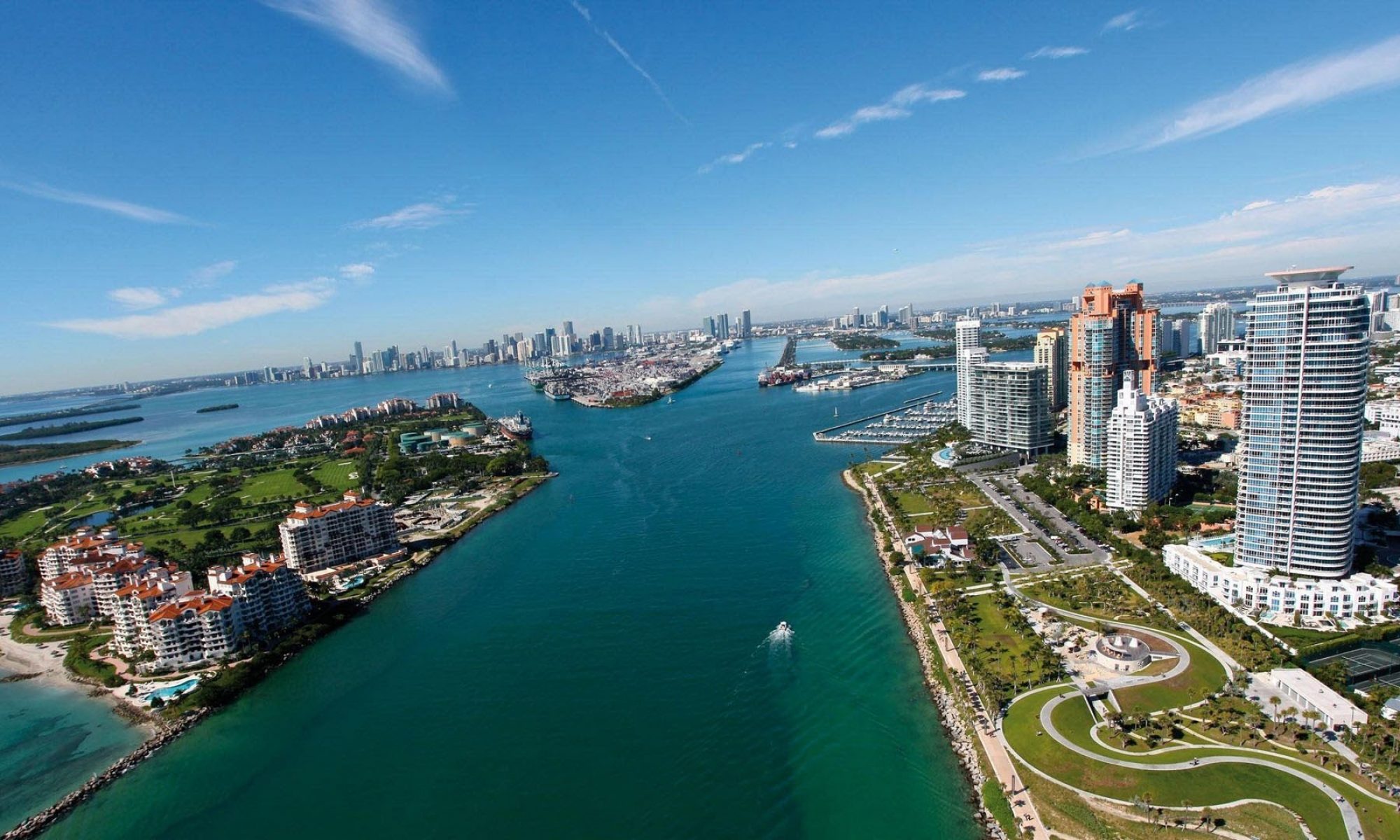Output at the eurozone’s mines, factories, and utilities rose at the fastest annual pace in more than five years in May, a clear indication that the area’s economic recovery is picking up.
The eurozone economy grew at the fastest rate in over two years during the first three months of 2017, outcompeting the U.S., U.K. and Japan. The European Union’s official statistics agency released output numbers, indicating Eurozone output was up 1.3% from April, and 4% from May 2016. The annual rate of increase was the fastest since August 2011, exceeding expectations.
Industrials, accounting for one fifth of total economic activity in the eurozone, contributed to 0.2% of growth. There were signs in April and May that the second quarter has seen more normal levels of output from the utilities, with energy production up in both quarters.
The positive results in industrial output was supported by a large increase in the production of capital goods, serving as a sign of increased investment by eurozone and international businesses. Among the zone’s largest members, France led the way with a 1.9% increase on the month.
According BNP Paribas, the eurozone economy grew by 0.7% in the past three months, marking an acceleration from the 0.6% rate of quarter-to-quarter growth recorded in the past
“Such improvements will force the European Central Bank to revise some of its policies moving forward in order to adjust to growth projections” said Keith Knutsson of Integrale Advisors.
ECB’s economists have raised their growth forecasts twice in the past year, now predicting growth to continue at 2% a year. In response to the strength of the recovery in the first half of the year, the European Central Bank has indicated it may soon withdraw some aspects of it’s current stimulus package. On the other hand, there are a few indications that inflation is to rise and stay at the central bank’s target.
